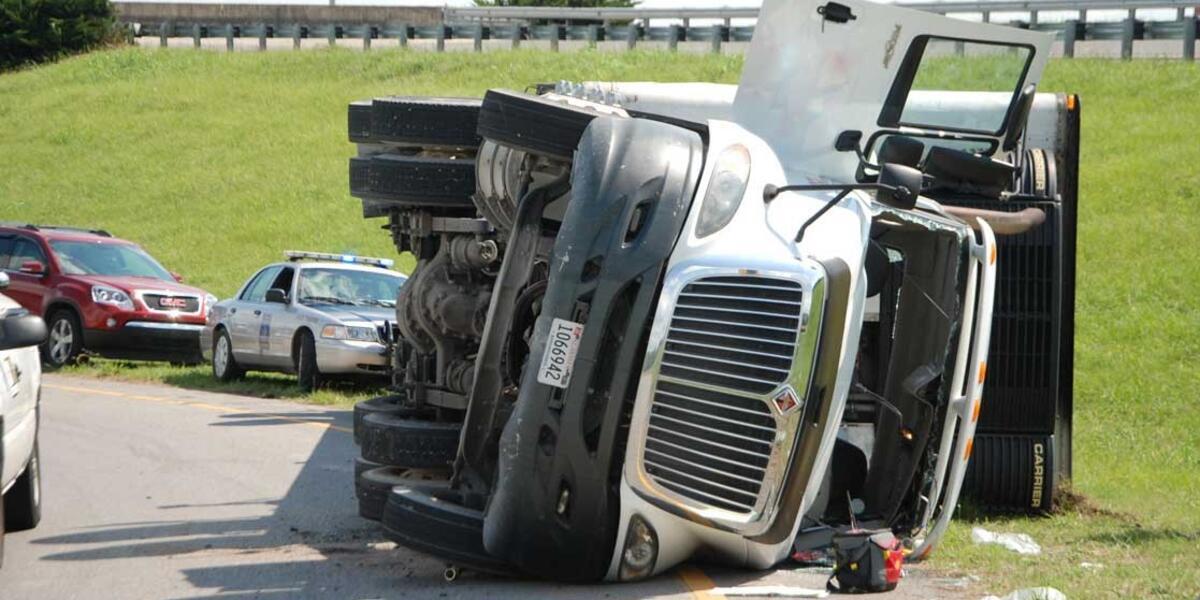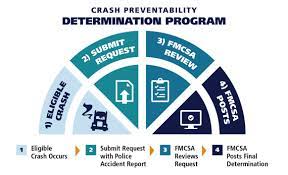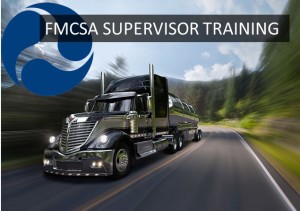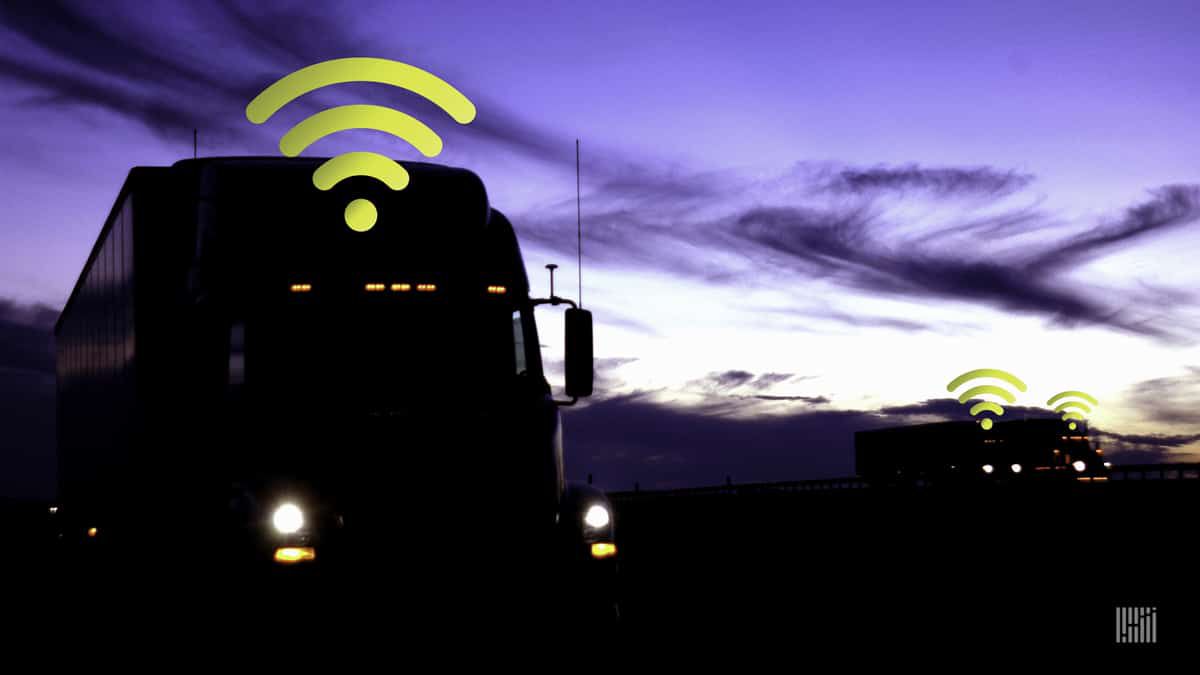Don’t forget about the FMCSA crash preventability program!
Motor carriers and drivers can challenge the preventability of inevitable crashes with the Federal Motor Carrier Safety Administration’s (FMCSA) Crash Preventability Determination Program. Non-Preventable DOT recordable crashes can be removed from your CSA scoring if approved by the FMCSA.
How the program works:
The FMCSA has identified several crash types as non-preventable. Commercial motor vehicle crashes meeting the criteria, occurring on or after August 1, 2019, are eligible for consideration under the relaunched program. Motor carriers and drivers must use the online DataQs system to argue that their crash was not preventable.
Click this link to challenge the preventability of an accident.
To find more information about the program, go to Crash Preventability Determination Program (CPDP) | FMCSA (dot.gov)
If a crash is deemed non-preventable, the FMCSA will:
- Remove the crash from the carrier’s “crash indicator” score in the Compliance, Safety, Accountability (CSA) system, reducing the chance that the carrier will be targeted with enforcement action.
- Add a note to the Pre-Employment Screening Program (PSP) to indicate that the crash was not preventable, reducing the odds that the driver involved would not be hired due to their crash history.
How do you know if your crash is eligible for consideration? The FMCSA has provided a list of scenarios that are defined as non-preventable.
A crash is eligible if a commercial motor vehicle:
- Was struck in the rear
- Was struck on the side at the rear
- Was struck by a motorist driving in the wrong direction or was struck by another motorist in a crash when a driver was operating in the wrong direction (e.g., a car being driven in the wrong direction strikes another car that then hits a commercial vehicle)
- Was struck by a vehicle that was making a U-turn or illegal turn
- Was legally stopped at a traffic control device (e.g., stop sign, red light, or yield), or was parked, including while the vehicle was unattended
- Was struck by a vehicle that did not stop or slow in traffic
- Was struck by a vehicle that failed to stop at a traffic control device
- Was struck by an individual under the influence (or related violation, such as operating while intoxicated), according to the legal standard of the jurisdiction where the crash occurred, or was struck by another motorist who was involved in such a crash
- Was struck by a driver who experienced a medical issue which contributed to the crash
- Was struck by a driver who admitted falling asleep or being distracted (e.g., by a cell phone, GPS, passengers, etc.)
- Was struck by cargo, equipment, or debris (e.g., fallen rocks, fallen trees, unidentifiable items in the road), or was the crash a result of an infrastructure failure
- Struck an animal
- Struck an individual committing or attempting to commit suicide
- Was involved in a crash type that seldom occurs and does not meet another eligible crash type (e.g., being struck by an airplane or skydiver or being hit by a deceased driver)
Are your supervisors of CDL drivers trained according to the FMCSA regulations?
Training Requirements of the Federal Motor Carrier Safety Administration:
Many of you have sent me emails from consulting firms saying that you must have your supervisors of CDL drivers trained in Drug and Alcohol Reasonable Suspicion Testing. The emails are used as “scare” tactics to get you to purchase their supervisor training courses, webinars, etc. They are correct that your supervisors are required by Federal Motor Carrier Safety Administration (FMCSA). But the good news is that the FMCSA makes this training available to you at NO COST!
So, let’s look at what the regulations say about training your supervisors of CDL drivers. This applies to all motor carriers, both INTRA and INTER state. Who is subject to the Supervisor Training for Reasonable Suspicion Testing? CFR 382.603
Training for supervisors:
Each employer shall ensure that all persons designated to supervise drivers (CDL) receive at least 60 minutes of training on alcohol misuse and at least 60 minutes on controlled substance use. The supervisors will use the training to determine whether reasonable suspicion exists to require a driver to undergo testing under §382.307. The training shall include the physical, behavioral, speech, and performance indicators of probable alcohol misuse and use of controlled substances. Recurrent training for supervisory personnel is not required.
Where can I get the training?
The FMCSA has supervisor training available in video format that can be downloaded from their website for FREE!
Go to: https://www.fmcsa.dot.gov/us-department-transportation-dot-drug-alcohol-supervisor-training-guidance.
Scroll to the bottom of the page and click on the last link: https://transit-safety.fta.dot.gov/DrugAndAlcohol/Tools/ReasonableSuspicion.aspx
It will take a while to download due to the length of the video and depending on the quality you choose. You can also check with your D&A Third Party Administrator to see if they provide the training.
FMCSA Begins Rulemaking on Electronic Identification of CMVs
The Federal Motor Carrier Safety Administration has published an Advance Notice of Proposed Rulemaking requesting comments on whether the agency should amend the Federal Motor Carrier Safety Regulations to require every commercial motor vehicle operating in interstate commerce to be equipped with electronic identification (ID) technology capable of wirelessly communicating a unique ID number when queried by a Federal or State motor carrier safety enforcement personnel.
The ANPRM is responding to a petition for rulemaking from the Commercial Vehicle Safety Alliance. FMCSA said it is considering such amendments to improve the efficiency and effectiveness of the roadside inspection program by more fully enabling enforcement agencies to focus their efforts on high-risk carriers and drivers.
The technologies for identifying CMVs under consideration include license plate readers and wireless mobile data services, which are currently used to assist businesses in tracking their inventory and operations.
The notice states that FMCSA currently does not require CMVs to be equipped with a system capable of transmitting a unique electronic ID for operation. However, the agency grants state for technology projects that electronically identify a CMV verify its size, weight, and credentials information, and review its carrier’s past safety performance. At the same time, the vehicle is in motion and then communicates safely to the driver to either pull in or bypass the roadside inspection station.
Per FMCSA policy, vehicles that are: (1) adequately credentialed; (2) operated by a motor carrier with a history of safe operations; and (3) within weight limits (if the site is instrumented for weight measurements) are allowed to bypass inspection facilities (although such vehicles are still subject to random inspection). Electronic screening (e- screening) projects are designed to identify high-risk motor carriers/CMVs for a roadside inspection and to reduce operating costs for safe and legal motor carriers.
The ANPRM poses several questions about the use, costs, and benefits of electronic ID requirements, including whether existing technology, such as ELDs, could be used to collect and transmit electronic ID data and receive a response from enforcement officials.










